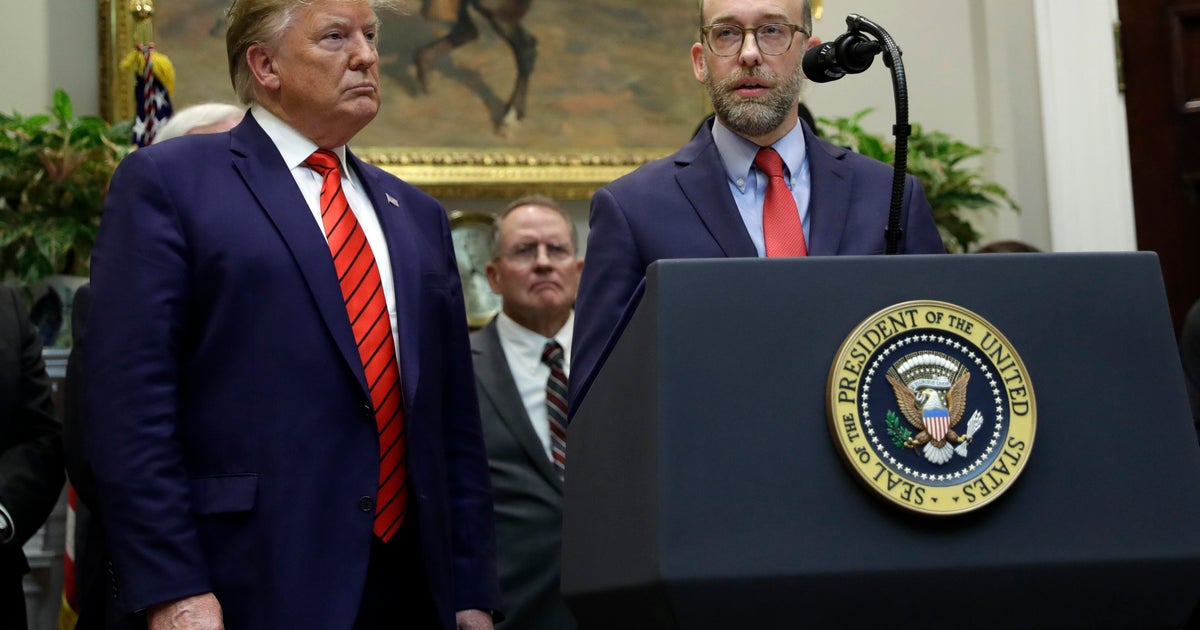What happens if Congress doesn't raise the debt ceiling? What you need to know about the showdown between Democrats and Republicans
The debate over the debt limit — often called the debt ceiling — is heating up again on Capitol Hill. But government officials, business leaders and economists are raising the alarms, saying not addressing it in a timely manner would be disastrous.
What is the debt limit, and why do we have it?
The limit is the maximum amount the United States is allowed to borrow to pay its debts. If the amount of government debt hits that limit, and doesn't lift the ceiling, the U.S. would be unable to pay what it owes and could default. When Congress raises or suspends the debt limit, it's not greenlighting new spending — instead, it allows the Treasury to pay for spending it already approved.
The U.S. has had a debt ceiling for more than 100 years. It was first established in 1917 with the Second Liberty Bond Act and set at $11.5 billion. Prior to that, lawmakers had to approve every issuance of debt separately. Different kinds of debts were later consolidated under one aggregated debt limit in 1939, which was first set at $45 billion. The national debt ceiling has been raised or suspended more than 100 times since then, according to the Committee for a Responsible Federal Budget.
The debt limit was most recently addressed under President Donald Trump, when Congress passed bipartisan legislation that suspended it for two years. When that suspension expired in 2021, the amount borrowed during that time — roughly $6.5 trillion — was added to the previous debt limit of more than $22 trillion, bringing the limit to $28.5 trillion as of August 1.
What happens if Congress doesn't raise the debt ceiling?
When the suspension expired, the Treasury Department began using so-called "extraordinary measures" to keep paying its bills. Such measures include suspending the sales of some Treasury securities and redeeming or suspending investments or reinvestments in some funds.
When extraordinary measures are exhausted, the Treasury spends its cash on hand. When that runs out — which experts estimate could happen in October — the U.S. government would not be able to meet its debt obligations and would go into default. This has never happened in U.S. history.
If the U.S. government cannot pay its bills, millions of Americans would be affected. Social Security payments would not go out; U.S. troops and federal civilian employees would not be paid. Veterans could see compensation or pension payments lapse. And millions of Americans on food assistance would see benefits stop.
What happens if the U.S. defaults?
The U.S. defaulting would "likely precipitate a historic financial crisis that would compound the damage of the continuing public health emergency," Treasury Secretary Janet Yellen wrote in the Wall Street Journal over the weekend. "Default could trigger a spike in interest rates, a steep drop in stock prices and other financial turmoil. Our current economic recovery would reverse into recession, with billions of dollars of growth and millions of jobs lost."
On Tuesday, financial services firm Moody's Analytics stated a default would be a "catastrophic blow" to the economic recovery, and said even if it was resolved quickly, Americans would pay for a default for generations. Its analysis showed if lawmakers remained at odds after the debt ceiling was breached, nearly 6 million jobs would be lost, the unemployment rate would climb back up to nearly 9% and stock prices would be cut by almost a third, wiping out $15 trillion in household wealth.
Even the threat of default can have financial consequences. In August 2011, the U.S. credit rating was downgraded from AA+ to AAA for the first time in history by Standard & Poor's, just days after the Obama administration reached a deal with Congressional Republicans. The credit agency said the downgrade reflected its view that the "effectiveness, stability, and predictability" of American policymaking and political institutions had weakened at a time of ongoing challenges.
How does the debate between Democrats and Republicans stand?
For months, Democrats have been calling for a bipartisan approach to raising or suspending the debt ceiling. But Republicans have said Democrats would not have their support.
On Monday, Democratic leaders announced they are including the debt ceiling in the stopgap spending bill to keep the government running into December. The move would suspend the debt limit through December 2022, meaning lawmakers would not need to address it until after the midterm election.
But attempting to tie the debt limit to the government funding legislation, known as a continuing resolution, poses risks for lawmakers on both sides of the aisle.
For Democrats, should the effort fail, it would not only mean challenges for the debt limit but could also result in a government shutdown at the end of the month. Republicans who vote against legislation that combines raising or suspending the debt limit with money risk going on the record as being in favor of a government shutdown. Combined legislation would also force members who are against changing the debt limit to also vote against provisions they do support — like disaster relief and money for Afghan refugees.
After the plan was revealed, Senator Mitch McConnell reiterated raising the debt limit would not receive GOP support, in a release stating Republicans would vote for a clean continuing resolution with money for Afghan refugees and disaster relief but not to raise the debt limit.
With a 50-50 split in the Senate, Democrats need 10 Republicans to vote in support of the legislation. McConnell had suggested Democrats include the debt ceiling provision in their budget reconciliation package, which would have allowed Democrats to suspend the debt limit without any GOP support. But Democrats are still calling for a bipartisan approach. What remains unclear with 10 days to go: Plan B.



